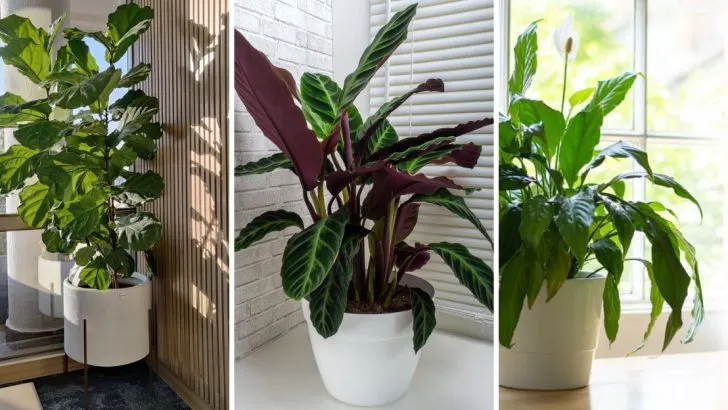Some plants look like they’ve come straight out of a design magazine—deep green leaves, full shapes, and that effortless “just right” look. But behind the beauty? A plant that throws in the towel if the light’s wrong, the air’s too dry, or you miss a watering by a day. These are the high-maintenance types, the ones that really mean it when they say “indirect light only.”
It doesn’t mean they’re not worth it—but it does mean they’re not for the carefree plant parent. These 16 greenery picks can be stunning centerpieces, but only if you’re willing to play by their rules. A little drama, a lot of payoff—just be ready to give them what they want, or they won’t stick around.
Fiddle Leaf Fig
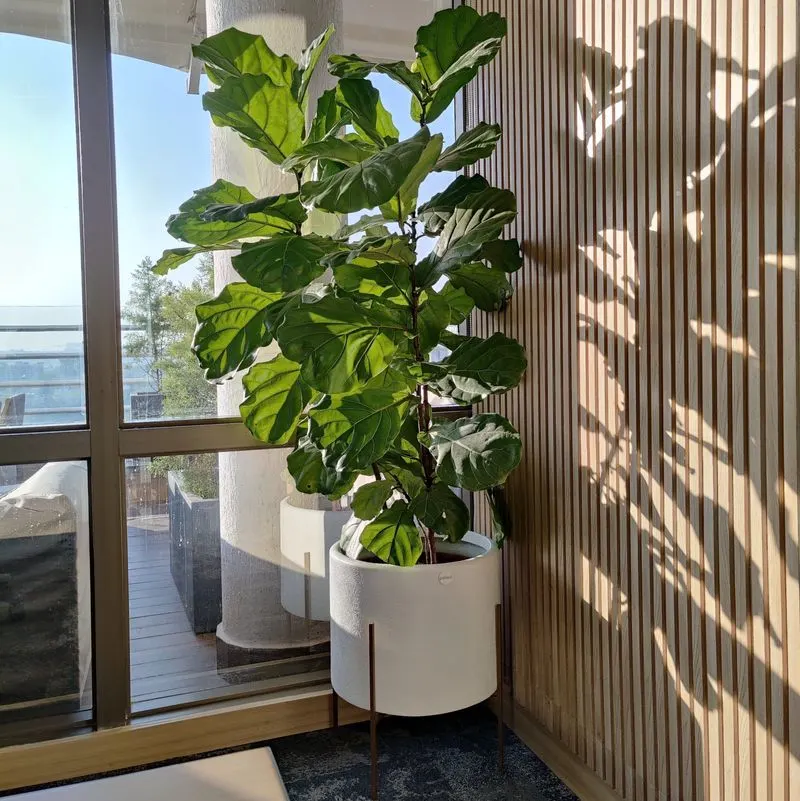
Fiddle Leaf Figs stand tall with glossy leaves, demanding attention in any room. Yet, beneath their stunning facade lies a vulnerable heart. These trees crave bright, filtered sunlight and despise drafts.
Overwatering can lead to root rot while too little leaves it parched. The Fiddle Leaf Fig’s temperament requires vigilance.
Even humidity levels matter; dry air spells doom. A finicky plant, indeed! Did you know? This plant originates from West Africa, flourishing in rainforests. If you cherish a challenge, this plant might be your match.
Boston Fern

Boston Ferns grace homes with their soft, cascading fronds. They thrive in humidity, reminiscent of their tropical origins. However, these ferns can quickly brown and wither in dry air or under direct sunlight.
Consistent moisture is essential, yet overwatering leads to decay. The Boston Fern’s lush appearance is a testament to attentive care.
A fun fact: Boston Ferns became popular in the Victorian era as a symbol of elegance. If you seek a green challenge, this fern offers a touch of historical sophistication.
Peace Lily
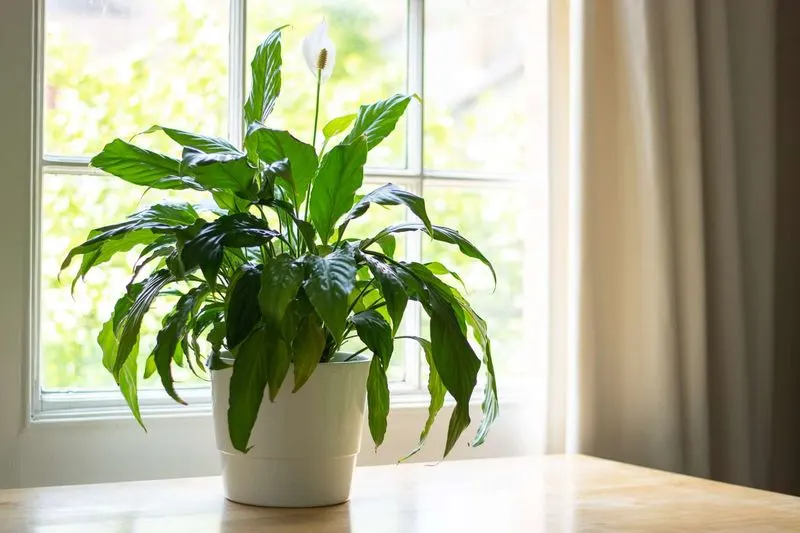
Peace Lilies, with their serene white blooms, symbolize tranquility. However, their calm demeanor hides a thirst for perfect conditions. They flourish in indirect light but wilt in excessive sun or shadow.
Peace Lilies are sensitive to water quality, preferring distilled or rainwater. Their soil must remain moist, yet not waterlogged.
These plants are more than ornamental; they purify air. Originating from tropical regions of the Americas, they bring a slice of paradise indoors. Their beauty is worth the meticulous care they demand.
English Ivy
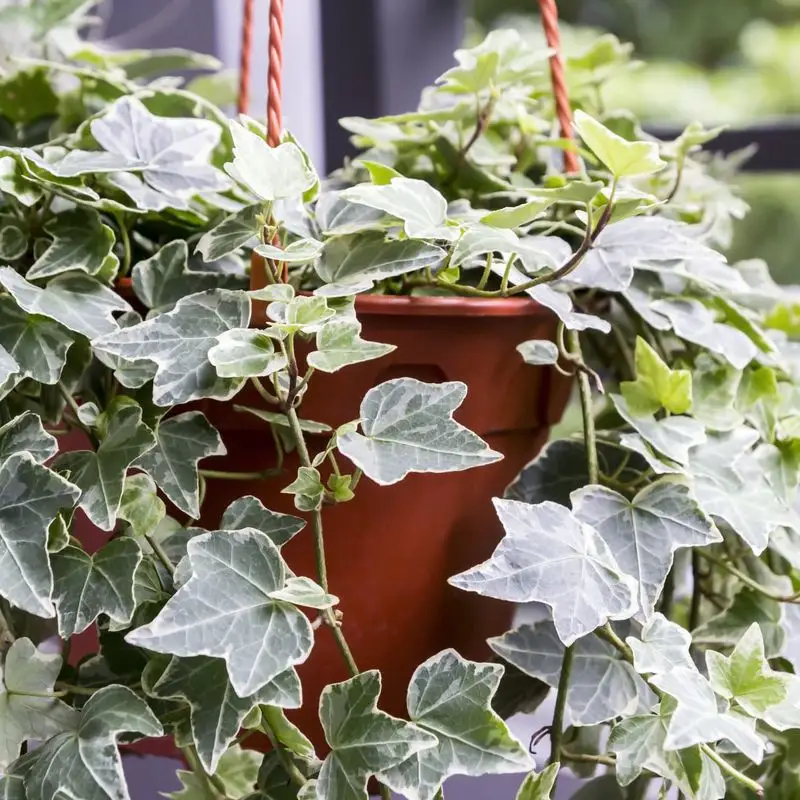
English Ivy exudes classic charm with its climbing tendrils. Despite its allure, it requires a watchful eye. Thriving in cool, shaded areas, English Ivy wilts under harsh sunlight.
It prefers moist, well-draining soil; too much water or drought leads to decline. Regular pruning keeps its vigorous growth in check.
Historically, ivy symbolizes fidelity and eternal life, making it a poetic addition to gardens. Its evergreen nature requires dedication to maintain its beauty, a task suited for the vigilant gardener.
Calathea
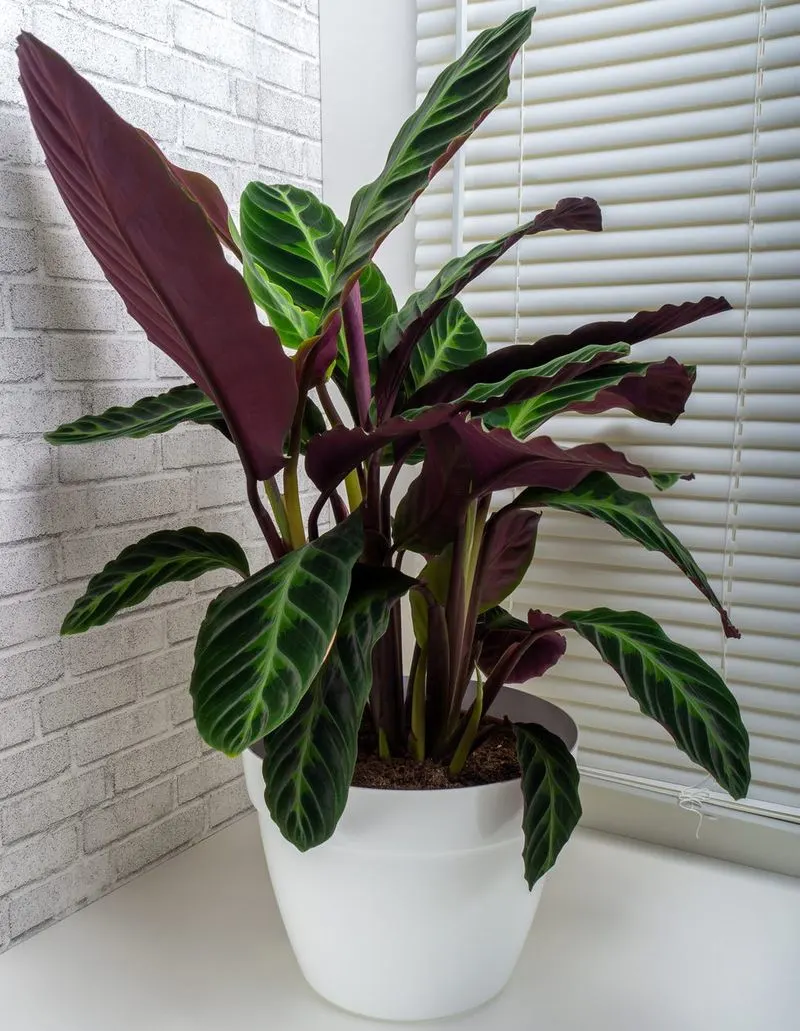
Calathea plants captivate with their striking leaf patterns, a true indoor spectacle. Originating from tropical Americas, they demand humidity and warmth.
Without these, their vibrant leaves curl and brown. Indirect light is essential, as direct sun fades their colors.
Soil must be consistently moist but not soggy. This plant’s dramatic foliage is a conversation starter, offering a piece of the tropics at home. The challenge lies in replicating its natural habitat, a rewarding endeavor for those who succeed.
Jasmine
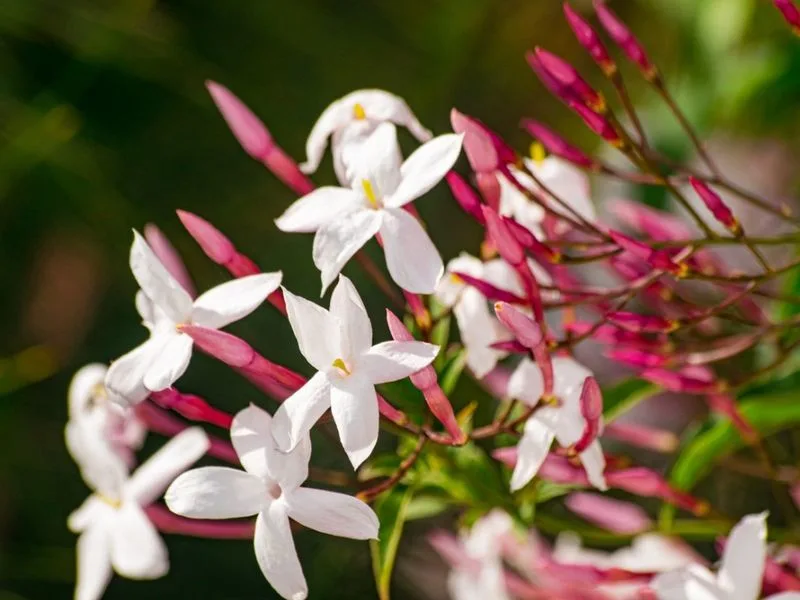
Jasmine, known for its intoxicating fragrance, is a gardener’s delight yet demands precise care. It revels in sunlight but loathes cold winds.
This plant thrives in well-drained soil, moisture without waterlogging is key. Its blooms herald nighttime, adding mystery to its appeal.
Did you know? Jasmine features in perfumes and teas, symbolizing beauty and sensuality. Cultivating jasmine involves balancing light and water, rewarding with scented elegance when nurtured correctly.
Maidenhair Fern
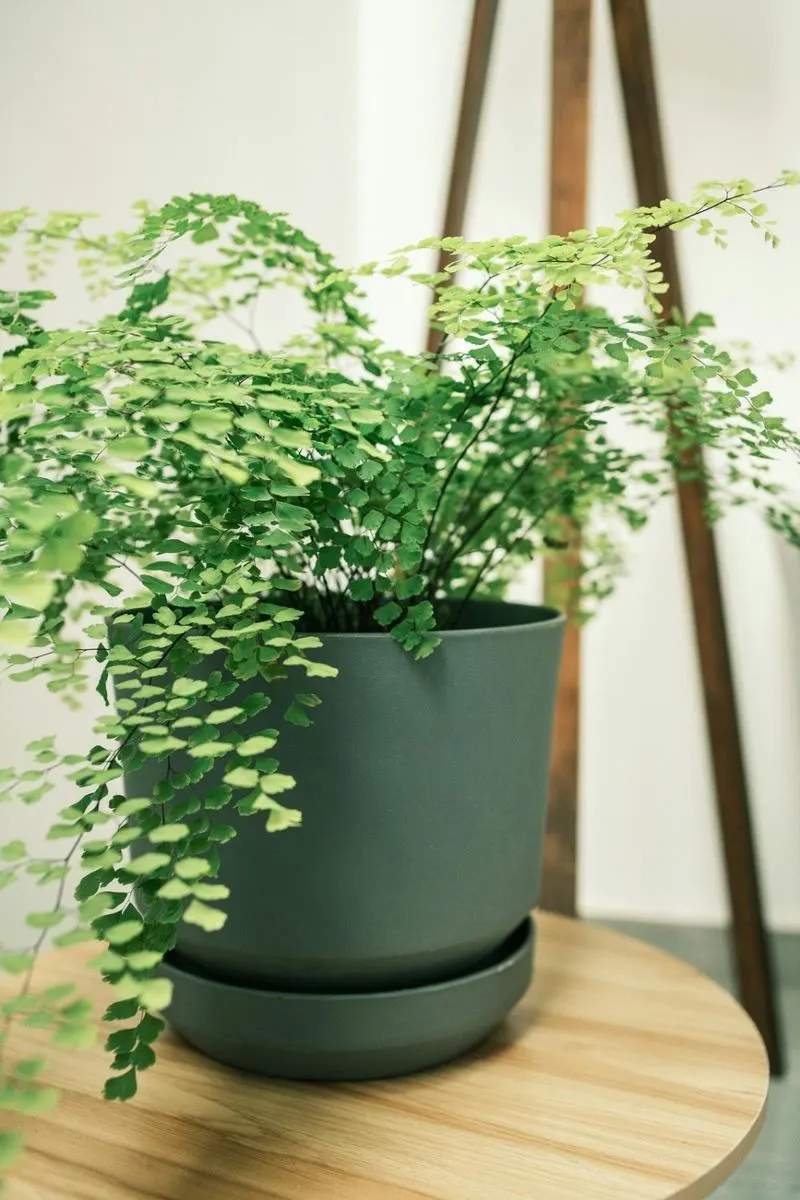
Maidenhair Ferns mesmerize with their delicate, fan-like leaves. However, they are notoriously temperamental. High humidity and indirect light are prerequisites for their survival.
These ferns abhor dryness; even a brief drought can cause irreparable damage. Regular misting helps maintain their required moisture level.
A fun tidbit: they have adorned gardens since ancient times, prized for their beauty. Their care demands precision, making them a challenge for the dedicated plant enthusiast.
Gardenia
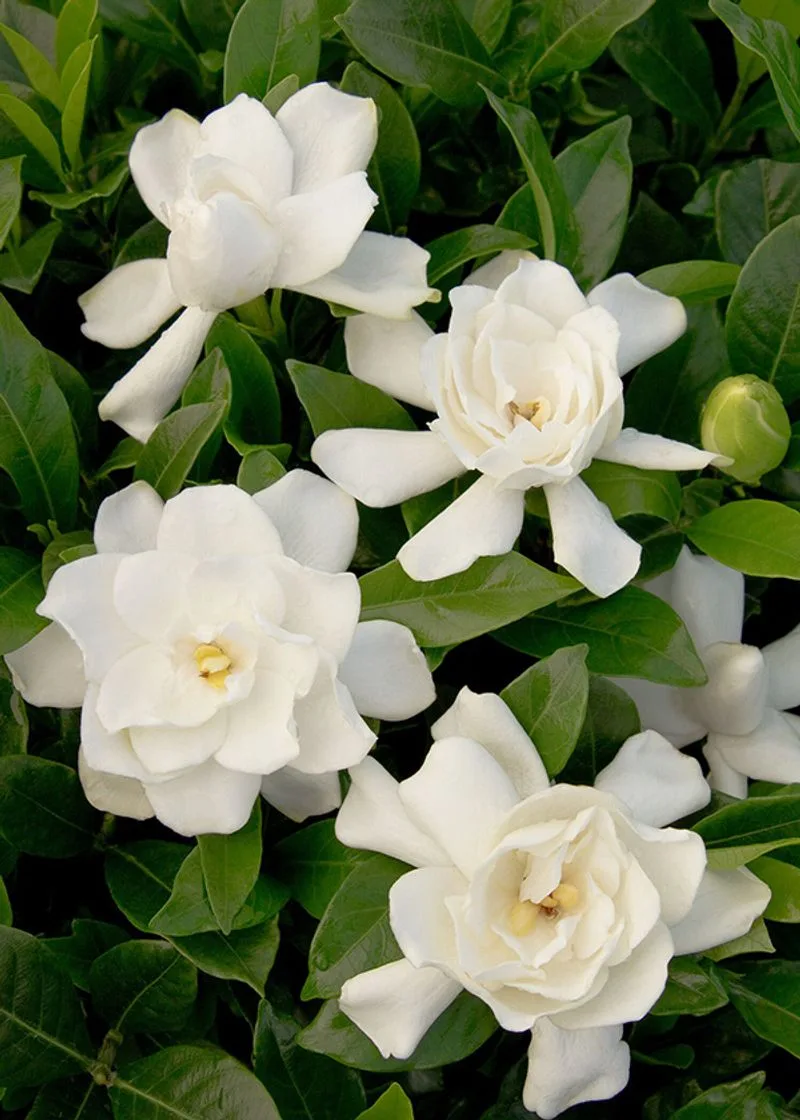
Gardenias enchant with their creamy blooms and intoxicating scent. Yet, they require perfection in care, thriving in acidic soil and ample humidity.
These plants need bright light but should avoid harsh, direct sunlight. Overwatering or poor drainage leads to root rot, their common nemesis.
Fun fact: Gardenias have symbolized secret love and refinement since Victorian times. Their maintenance mirrors a delicate dance, rewarding patience with stunning flowers and sweet fragrance that fills the air.
Begonia
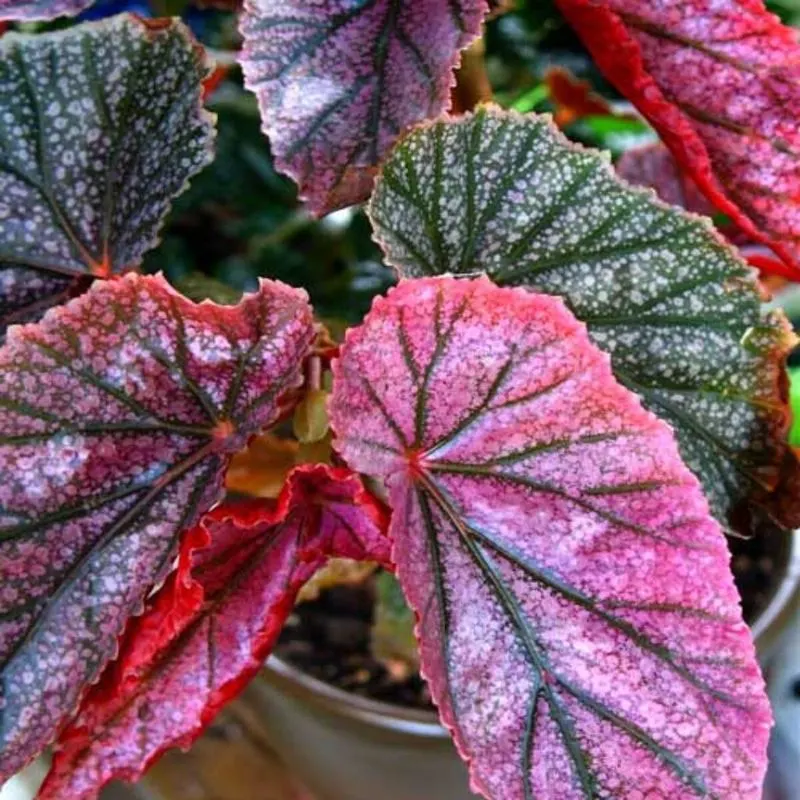
Begonias are vibrant, with a spectrum of leaf colors and shapes. They prefer humidity and filtered sunlight, reminiscent of their tropical roots.
Overwatering or soggy soil is a death knell for begonias. Their diverse appearances make them a unique addition to any home.
Did you know? Begonias were named after Michel Bégon, a French botanist. Their care requires an artistic touch, balancing moisture and light to sustain their colorful display, making them a favored choice for collectors.
String of Pearls
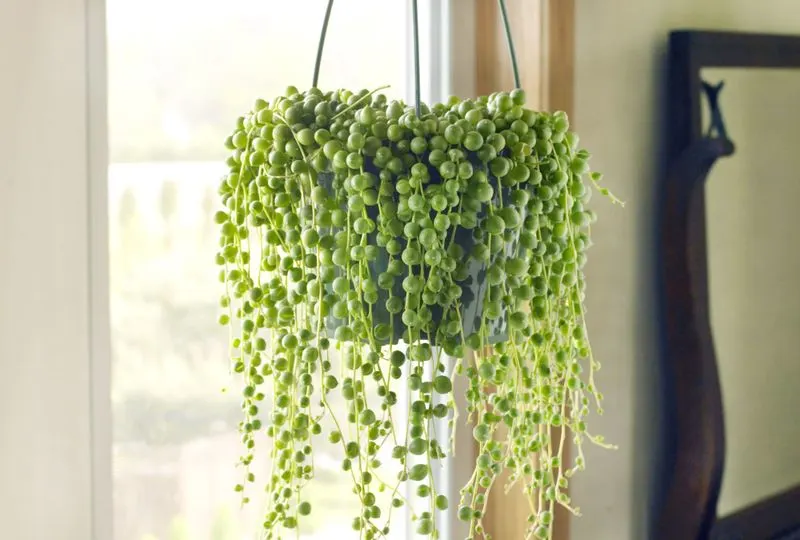
The String of Pearls plant intrigues with its bead-like foliage, hanging elegantly from planters. Originating from South Africa, it thrives in bright, indirect light and well-draining soil.
Water sparingly; too much leads to root rot. Its unique appearance makes it a conversation starter.
Did you know? In some cultures, it’s used in traditional medicine. This plant’s charm lies in its unusual form, challenging gardeners to maintain its trailing beauty with minimal intervention.
Orchid
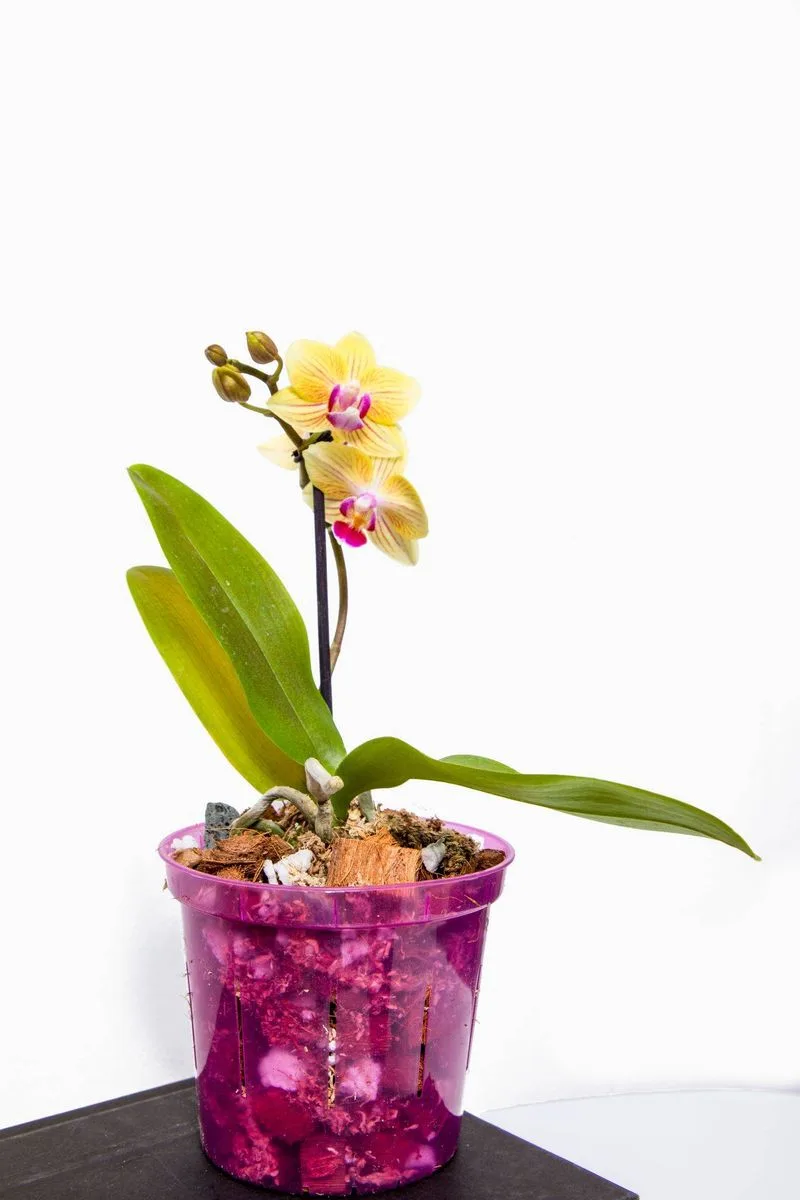
Orchids epitomize exotic elegance with their unique blooms. They flourish in filtered light and consistent temperatures.
Overwatering can spell disaster; they prefer a ‘less is more’ approach. Airflow around roots is crucial for their health.
Fun fact: Orchids are one of the largest plant families with over 25,000 species. Their allure lies in their rare blossoms, a rewarding sight for those who master their care. Orchids offer a touch of sophistication to any space.
Spider Plant
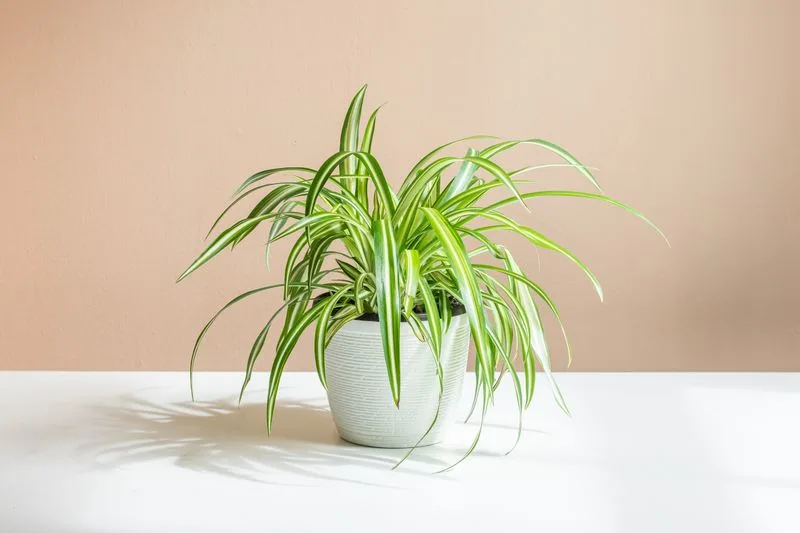
Spider Plants are cherished for their air-purifying ability and arching leaves. They adapt easily but require balanced conditions for optimal growth.
Bright, indirect light suits them best; too much sun causes leaf burn. These plants enjoy slightly moist soil, avoiding extremes.
An interesting fact: Spider Plants were one of the first plants studied for air purification by NASA. They are perfect for beginners who enjoy a touch of greenery without intensive care.
African Violet
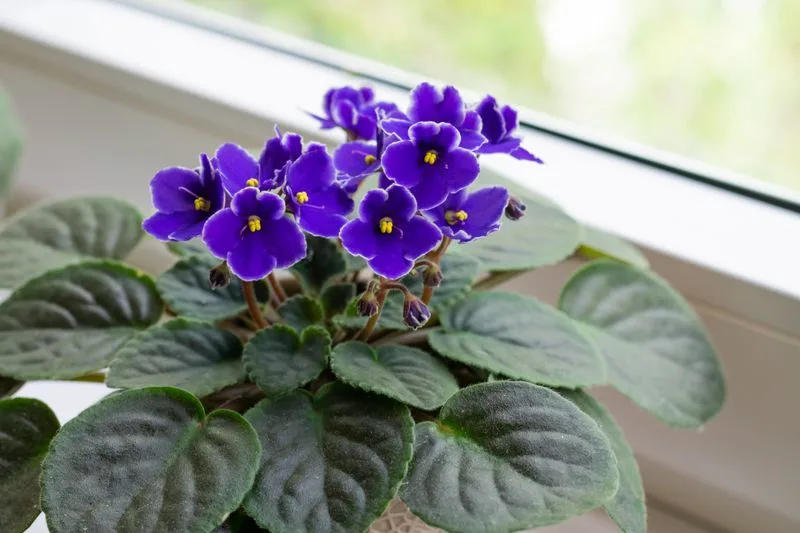
African Violets delight with velvety leaves and vivid blooms. They thrive on windowsills with filtered light, avoiding direct sun.
Watering from the bottom prevents leaf spots, a common issue. They prefer room temperature water; cold water shocks them.
Fun fact: African Violets are native to Tanzania and Kenya. Their compact size makes them ideal for small spaces, rewarding attentive care with frequent flowering. These plants bring a colorful oasis to indoor settings.
Azalea
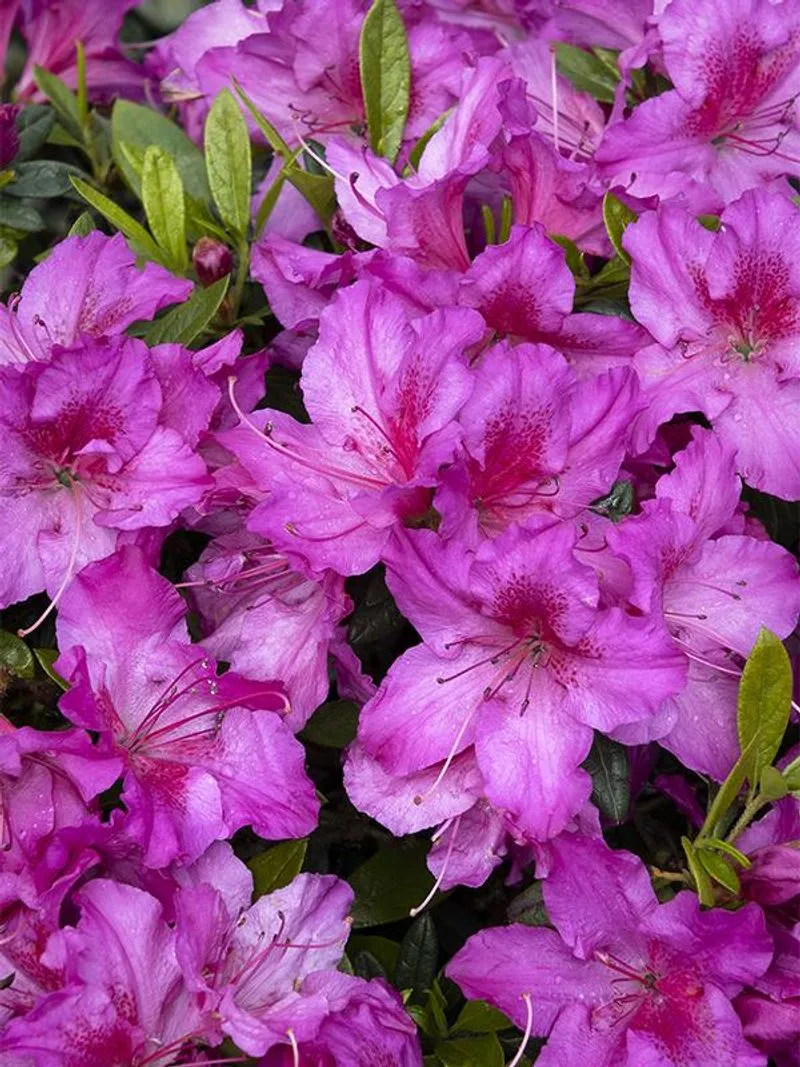
Azaleas burst into color with their profuse blooms, yet their care requires precision. They thrive in acidic soil and partial shade.
Overwatering or poor drainage can lead to disaster. Regular pruning maintains their shape and encourages blooming.
Did you know? Azaleas are celebrated in cultural festivals worldwide, symbolizing abundance and family. Their vibrant display is a testament to careful cultivation, offering a rewarding challenge for the dedicated gardener.
Anthurium
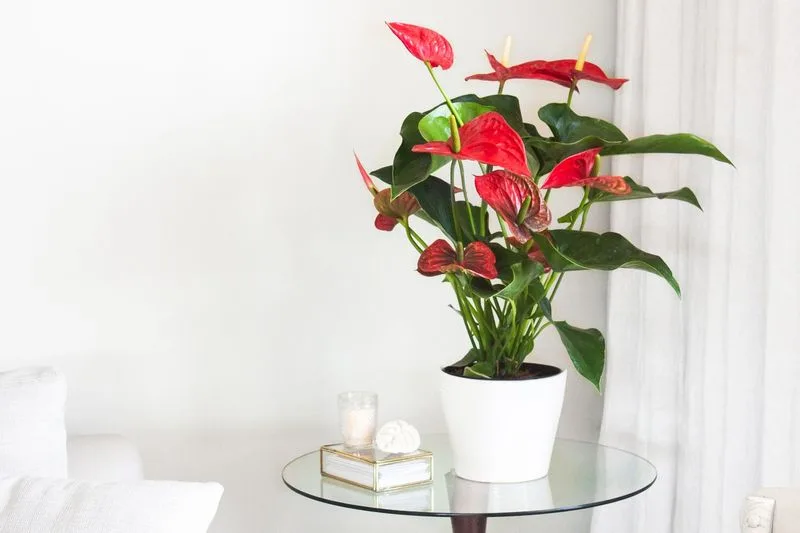
Anthuriums are admired for their striking red flowers and glossy leaves. They thrive in humid conditions and bright, indirect light.
These plants despise soggy soil; excessive moisture leads to root issues.
A quirky fact: Anthuriums are native to tropical America and symbolize hospitality. Their vibrant blooms inject color into any space, offering visual interest with minimal effort. The right balance of light and moisture ensures their continued beauty, making them a favored choice among indoor plant enthusiasts.
Hydrangea
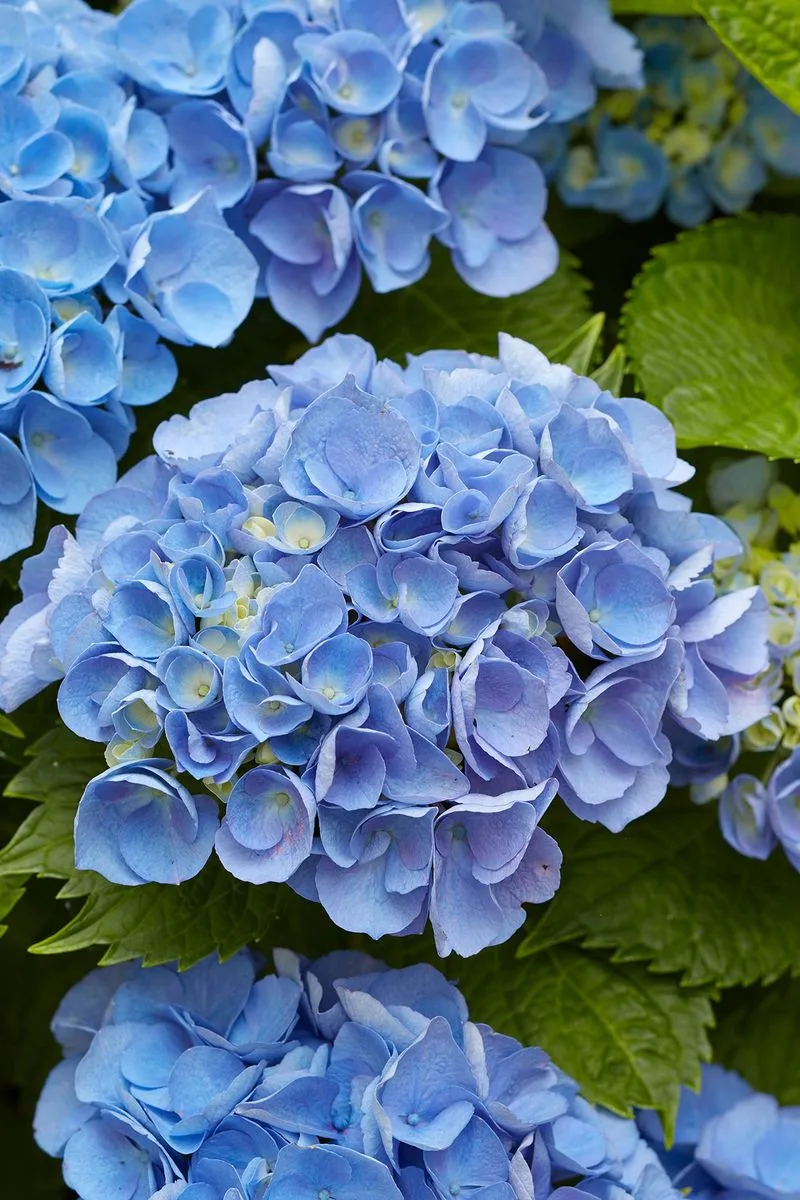
Hydrangeas captivate with their large, pastel blooms. These shrubs thrive in rich, well-draining soil and require consistent moisture.
Direct afternoon sun can scorch their leaves; they prefer morning sun and afternoon shade.
Did you know? The color of hydrangea blooms can change with soil acidity, offering a unique gardening experience. Their care requires dedication to achieve the lush blooms they’re known for, providing a stunning display when nurtured properly.

